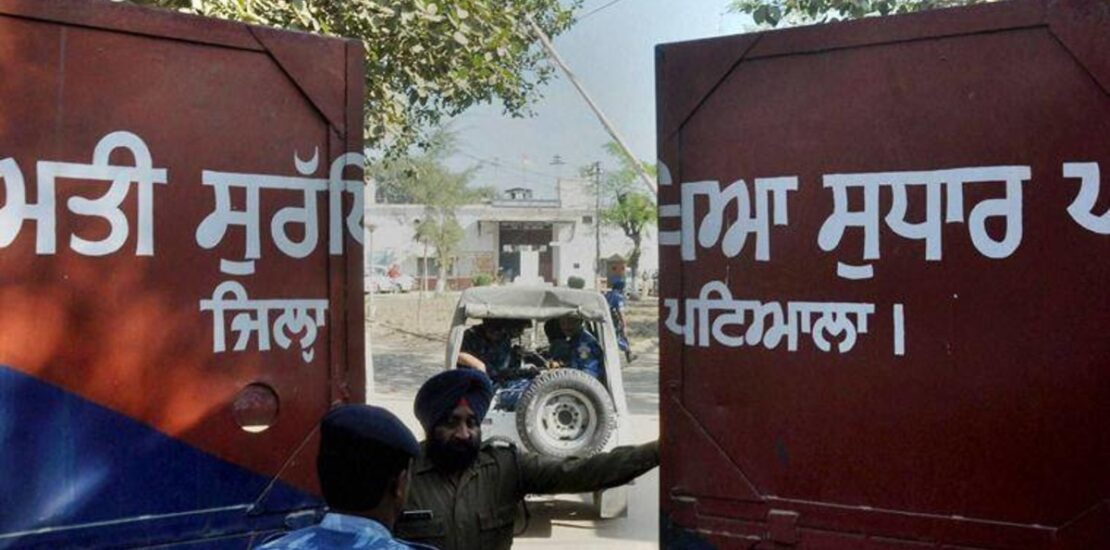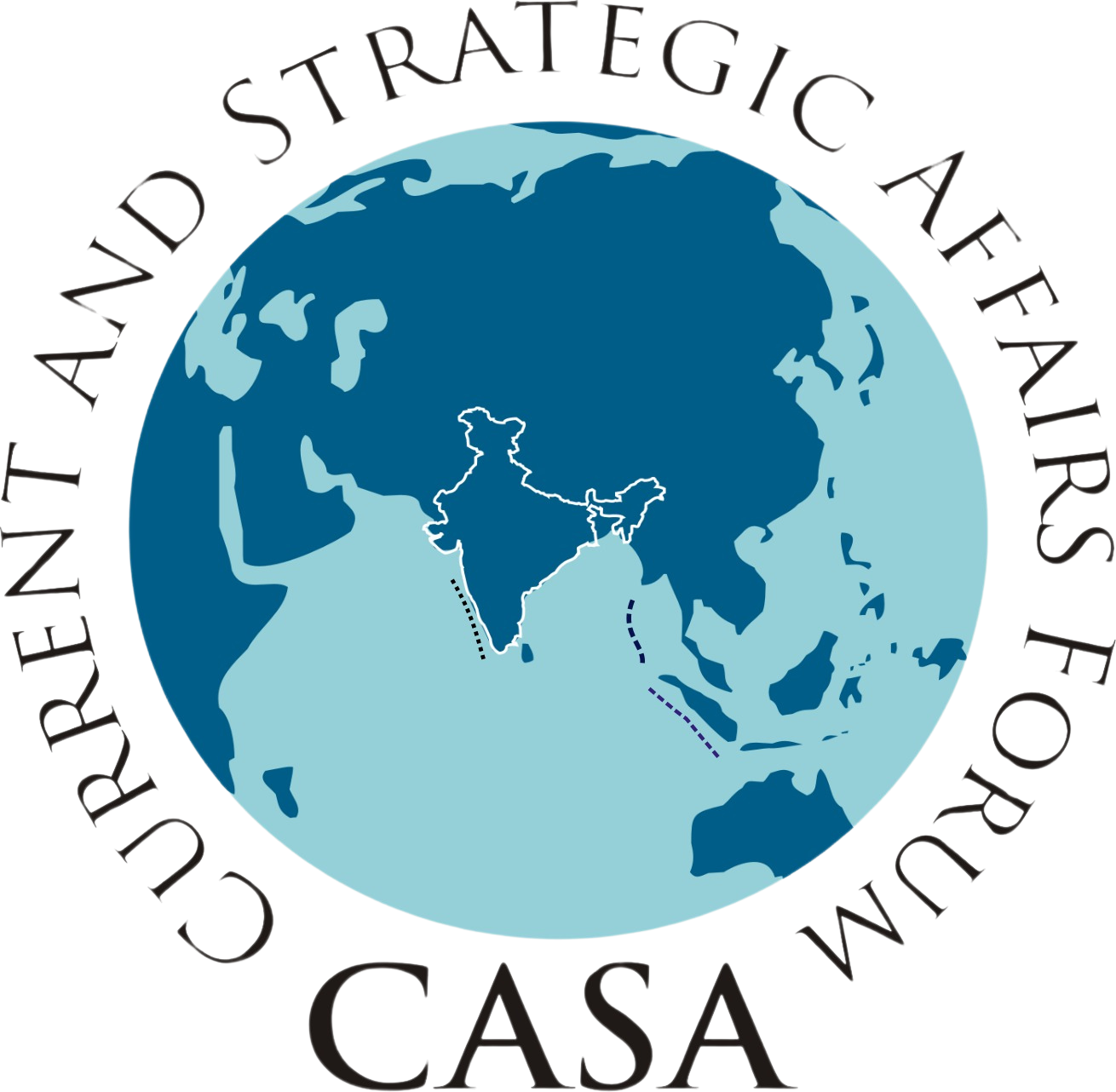Resilience of Punjabi people in keeping away militancy in Punjab
- August 25, 2022
- Posted by: admin
- Category: India

By Maj Gen Ashok Kumar, VSM (Retd)
Punjab is very strategically located from the Indian perspective.Not only is it a border state but there has been a history of the state being used to create disturbance in the country. Experts believe it is important to handle the current dynamics in a proactive manner.
It is quite usual in India for most of the problems being allowed to grow over a period of time up to levels which demand serious efforts to address them. In the process, it results in utilising disproportionate resources, losses of property and life besides alienating people. People are our biggest strength which has been displayed by residents of Punjab. They have made the biggest contribution for the nation’s war fighting effort besides being the primary reason for not allowing Pakistani nefarious designs to succeed in fomenting trouble in this border state. Punjab is one such state which has displayed togetherness time and again for having an inclusive approach to arrest any shoots of militancy re-appearing as not only Pakistan but other inimical elements keep forging alliance with each other to disturb the fabric of the state from time to time.
The roots of dischord in current day Punjab were sown by the Britishers wherein they preferred mathematical approach to delineation of borders, disregarding human connect. Britishers have been doing this in a repetitive manner which is evident from the alignment of Durand line drawn by the Britishers in 1893 between Afghanistan and British India wherein families were divided on both sides of this line. The issue reverberates even today even after a gap of almost 130 years and not being accepted by Taliban. Britishers adopted the same ploy while drawing the boundary line between India and Pakistan in the form of the Radcliffe line as the international boundary. The Radcliffe line did not have major problems in other areas but had serious challenges in the state of Punjab and Bengal which had a mixed population of Hindus and Muslims. Even while drawing the Radcliffe line, the Britishers continued with their legacy of drawing mathematical lines to demarcate borders and disregarding human connect, identities and cultural congruities.ALSO READP-75I submarine project future uncertain after Russia pulls outIndo-Russian AK-203 Rifles production in India gets delayedISRO likely to launch Chandrayaan-3 and Aditya L1 mission by early 2023HAL talks big game but can it walk the talk?
Such an approach created unforgettable partition killings and devastations resulting in one of the biggest population migrations in the world amongst two nations which had co-existed as one prior to the partition. Split population facilitated Pakistan to further their agenda by motivating and training the youths to foment disturbances in the border state.
While a lot of has happened since India gained its independence, the activities in Punjab may be covered in four distinct phases as under-
1947 to 1980: Many events happened during this time but they had a miniscule impact on the organised form of disturbance besides these never having any secessionist tendencies. People of Punjab remained glued to each other which is their strength even today.Some of the important events of this period are as under:
Immediately after independence, Punjabi Suba movement commenced and reorganisation of the state on the basis of linguistics model was demanded. It was accepted in 1966 wherein the state of Punjab was split into Punjab, Haryana and Himachal Pradesh in addition to UT of Chandigarh. Thus current day Punjab emerged on linguistic basis primarily with Punjabi speaking people and predominantly Sikhs.
Another factor during this time relates to certain organisations to be extra active socially to develop fault lines between various communities which were otherwise so well knit with each other.
Another important milestone was 1972 Punjab State elections which resulted in Congress win and defeat of Akali Dal. As against coming up with political progress in the conventional domain, Akali Dal came up with Anandpur Sahib Resolution in 1973 which led to some disagreements but the people remained together.
The state of affairs largely remained peaceful till 1980, but Anandpur Sahib Resolution did create certain issues which never existed between the Punjabi people and the decade from 1980 to 1990 was a disturbed decade but people rallied and Pakistani design failed.
1980 to 1990: This has been a more active phase of disturbances in Punjab because of two prime reasons. One was the active and open support of Pakistan though it had started to sow the seed of disturbances immediately after its dismemberment in 1971 by India and it wanted to avenge that. It was during this time that Anandpur Sahib resolution tenets were highlighted again. The social and religious mix was handled by people to ensure that the disturbances created die down quickly.
The following aspects are important-
Active support of Pakistan including establishment of training camps on both sides of the border. Arms, ammunition and logistical support were also made available.
An atmosphere of disturbance engulfed the entire state.
Operation ‘Blue Star’ was launched in the first week of June, 1984 to neutralise militants from the Swarna Mandir Complex which resulted in the death of sizable No of people Though in hindsight, this operation probably could have been done differently without hurting the feelings of the Sikh community.
People of Punjab have always been progressive, hardworking and jovial who appreciate happiness and peace. Despite being a martial race, Sikhs were keen on harmonious living. No such factors contributed to the restoration of normalcy in Punjab by 1990.
Pakistan, which had kept Punjab in focus all this while, altered its strategy and shifted its focus towards J&K by 1989-90. While it resulted in a huge rise in terrorism in J&K including large scale killings and migration of Kashmiri Pandits (KP) from the valley of Kashmir, its reduced support to militant outfits in Punjab also contributed to restoration of normalcy in Punjab.
1991 to 2019: While Pakistan’s focus continued in J&K, Punjab largely remained quiet during this time except for a few isolated incidents. Hindu-Sikh fault lines were also improved due to togetherness of SAD and BJP. Congress also contributed positively towards the State fabric though political differences continued.
Some of the important facets of this time are as under:
Drugs found detailed inroads in the Punjabi youth cutting across religious affiliations.
The violence has been quite low during this period.
Some sacrilege cases took place accentuating and hurting the religious sentiments.
Some organisations existed in India and abroad but their impact has been negligible so far.
Since an average Punjabi does not subscribe to the separatist approach and wants to live life happily being the beneficiary of the green revolution and economic progress, militant/separatist organisations are not getting people’s support and are not able to establish their effective footprint.
2019 onwards: This is now the most significant phase in the life of people of Punjab. If handled well, people of Punjab will move on the road to prosperity eradicating its huge budget deficit but the period may witness some disturbance in case we fail to take proactive measures as a nation collectively.
Some features of the current era are as under-
Article 370 has been abrogated in J&K. Pakistan is now desperate to activate the terrorism to the level of 1990s and is making all out efforts despite its poor economic condition and pressure from FATF.
Renewed interest in disturbing Punjab politically can be seen as ISI is targeting J&K and Punjab together rather than alternating between the two. Creation of K2 cell (Khalistan and Kashmiri militants), Lashkar-e-Khalsa in addition to LeT are the steps in that direction.
Drug, Arms and ammunition is being sent using drones by Pakistan on a regular basis to foment crime and disturbance
Way Ahead
Being a border state of importance, all Central and State Governments must work in unison besides intelligence agencies, border guarding forces and Punjab police also working in a congruent manner. Delayed proactive response will defeat our national progress. All pending issues related to the state should also be reconciled. Strength of Punjabi people is our biggest strength and that must remain our priority at all levels.
Author is a Kargil war veteran and defence analyst. He is a visiting fellow of CLAWS and specialises in neighbouring countries with special focus on China. He can be contacted at trinetra.foundationonline@gmail.com and tweets from @chanakyaoracle.
Disclaimer: Views expressed are personal and do not reflect the official position or policy of Financial Express Online. Reproducing this content without permission is prohibited.
